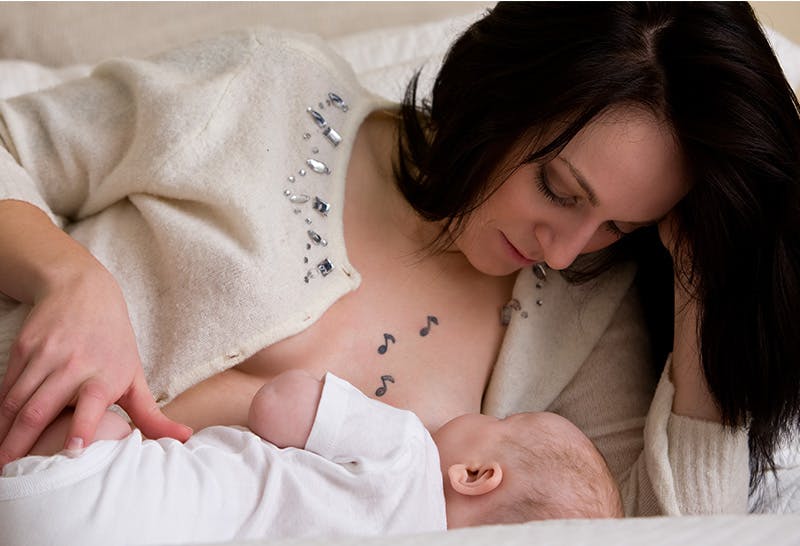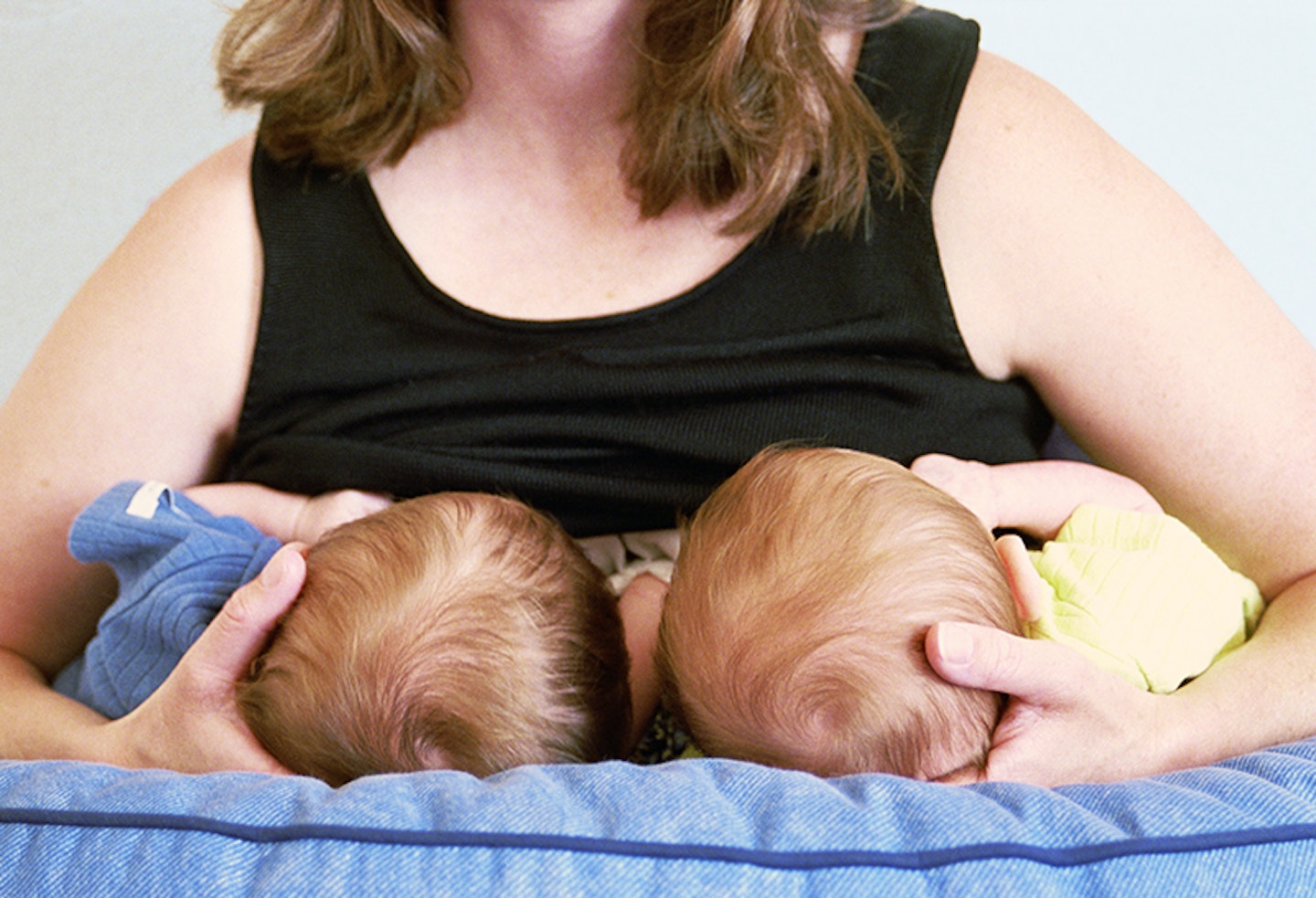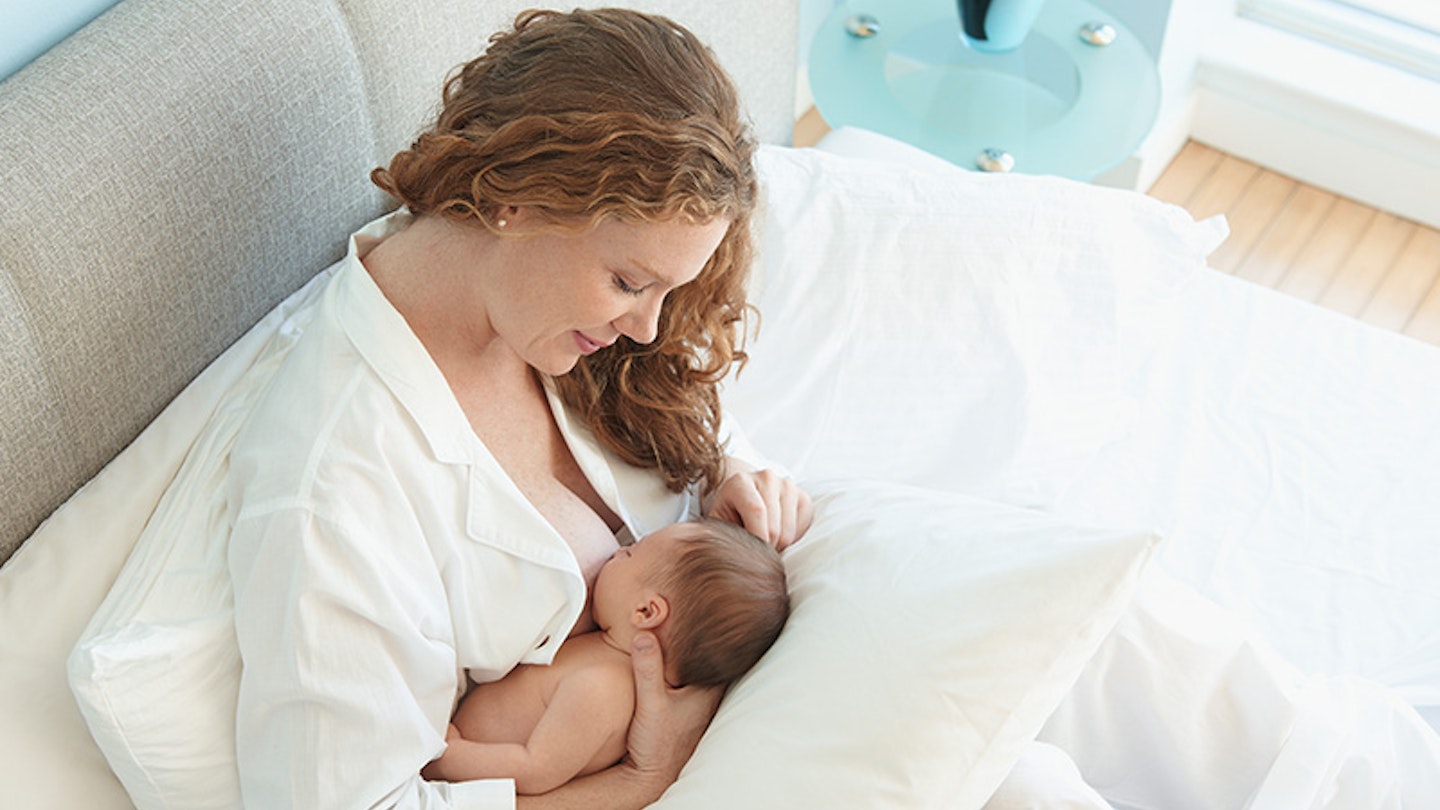If you're due to have a caesarean (or are simply curious), you might be wondering how this can affect breastfeeding, if this is something you'd planning on trying. We fill you in on why it can be a bit trickier, what you can do and positions that may help.
Why canbreastfeeding be more difficult after a c-section?
"How we give birth can sometimes impact on breastfeeding and birth by c-section usually means a longer stay in hospital and takes a while to recover from physically," says Eilis Mackie, Lead for Lactation and Infant Feeding at The Portland Hospital, part of HCA Healthcare UK.
"A c-section can make breastfeeding a little bit more challenging as we sometimes cannot move quickly to see to the baby, so picking up on babies feeding cues early will certainly help. These are easy to spot, and makes feeding much easier if the baby is calm."
These are:
-
Rooting (turning their head to you)
-
Licking lips
-
Restlessness
-
Hands to their mouth.
How can I get breastfeeding off to the best start after a c-section?
"If you know you’re going to have a c-section, then try and prepare first," suggests Eilis. "Do some colostrum harvesting where you hand express some milk before you come to the hospital. This can be stored in a fridge or freezer in case you need it later. Your midwife can show you what you need to do."
To get your baby off to the best start after your c-section, it is recommended to try to have as much skin to skin as you can, and your midwife will help you do this safely.
What are the best breastfeeding positions after a c-section?
"Following birth, your midwife will be there to help support you to get into a comfortable position to feed the baby initially which will be in bed. Most hospital beds are electric, which enables you to move back and forth to find a comfortable position," says Eilis.
Laid-back breastfeeding

This position is nice and comfortable and encourages your baby to position themselves to latch on.
To position your baby you will need to have you lying slightly back around a 45-degree angle, and your baby directly on top of you. This is laid-back breastfeeding and is easy to do initially whilst you have good pain relief.
Lying down on your side

A restful position that keeps any pressure away from your scar, lie down on a bed or on the floor with a pillow supporting your head. Lie your baby next to you on their side facing you - their head should be towards your breasts. Make sure your baby's mouth is lined up and you support their back.
Underarm/Rugby-ball position

A great position that is very helpful if your abdomen is still tender and keeps your little one away from your scar.
Hold your baby under your arm and have their legs behind you. You hold the neck and shoulders under the breast, and your baby should reach up from underneath. This can work really well for most women post-c-section.
If you're looking for more positions, check out the best positions to use when breastfeeding.
Does a c-section affect milk supply?
To help ensure you create a good milk supply, it's important to feed your baby as quickly after birth, ideally within the first hour (known as the golden hour).
